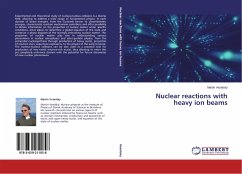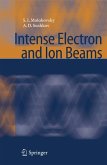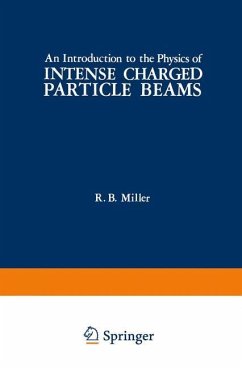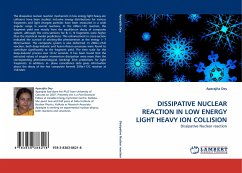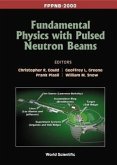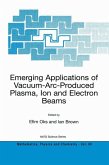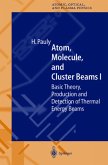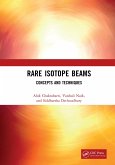Experimental and theoretical study of nucleus-nucleus collisions is a diverse field, allowing to address a wide range of fundamental physics. In each domain of beam energies, from the Coulomb barrier to ultrarelativistic energies, characteristic reaction mechanisms contribute and offer possibility to obtain information on the properties of nuclear matter under specific conditions, what allows to determine a global equation of the state and construct a phase diagram of the strongly interacting nuclear matter. The properties of nuclear matter play role in understanding various phenomena in nuclear astrophysics and astro-particle physics, from the primordial nucleosynthesis through production of heavy nuclei, properties of neutron stars, supernova explosions, to the physics of the early Universe. The nucleus-nucleus collisions can be also used as a practical tool for production of very exotic neutron-rich nuclei, thus allowing to enter this yet completely unknown domain with the potential for future discoveries of new nuclear phenomena.
Bitte wählen Sie Ihr Anliegen aus.
Rechnungen
Retourenschein anfordern
Bestellstatus
Storno

